On August 14, 2003 the lights went out over half of North America in a massive power outage that left 50 million people without electricity. In cities like Toronto, people found themselves struggling to cope in an urban environment suddenly stripped of all power. But as darkness approached and most people were trying to navigate streets without stoplights or cook dinner for their families without electricity, Henk and I were standing in a tiny park at the end of our street, staring through his telescope at star-filled dark skies the likes of which Toronto hadn’t seen in probably a century.
Sixteen years later to the day, Henk and I found ourselves once again standing under dark skies looking up at the heavens. Only this time, we were in Killarney Provincial Park, one of 8 Dark Sky Preserves in Ontario, with two professional astronomers and a group of enthusiastic campers of all ages searching the skies for stars and planets. And as an added bonus, we had a 16-inch-wide research-grade telescope to help us see them.
Killarney: the First Provincial Park Designated as a Dark Sky Preserve in Ontario
Large-scale power outages notwithstanding, dark skies are a hard thing to come by in today’s first-world countries. In Canada, for example, there are only 22 Dark Sky Preserves, 8 of which are in Ontario, a designation conferred by the Royal Astronomical Society of Canada.
The RASC sets the standard for the amount of light permitted in these areas, and requires that these sites provide educational outreach as well to the general public. In 2018, Killarney was the first Provincial Park to be designated as a Dark Sky Preserve in Ontario and they take that responsibility seriously.
Why Dark Sky Preserves are Important
It may seem like a frivolous thing, designating areas as dark sky preserves solely for the purpose of getting a better look at the stars and planets above us. But the night sky has been an integral part of mankind’s understanding of the universe since the days when stars acted as navigational aids to help steer explorers whether they travelled on foot, in outrigger canoes or on Spanish galleons.
Today our ships are spaceships and the planets are not just our wayfinders: they are our destinations. And we need dark skies to continue learning about them.
Nature’s creatures need dark skies to thrive, too.
Dark skies are part of the Earth’s healthy ecosystem and are vital to all living things. Many migrating birds need dark skies because they actually use the stars to navigate. Nocturnal mammals rely on darkness to hunt or seek a mate. Darkness triggers plants and trees in their seasonal cycles, and every camper knows that insects like mosquitoes are in their element after dusk.
Today there is even research suggesting that our own circadian rhythms are being negatively affected by excessive light pollution. (not to mention the use of electronic devices that disturb our sleep cycles.) The reality is that everything from zooplankton to human beings need dark skies to thrive.
There’s Magic in Dark Skies, too
Research and science aside, there’s something wondrous about looking up at the sky and seeing stars emerge as darkness falls. As children many of us were lucky enough to live in or visit places where we could see the starry arch of the Milky Way, and we learned to identify constellations like the Big Dipper. But not everyone can do that today, which is why the chance to visit places like Killarney’s Dark Sky Preserve in Ontario is so memorable for many.
Our group at Killarney’s Observatory was made up of both children and adults of all ages, and without exception, every one of them was thrilled when they looked through the giant telescope and saw the actual rings of Saturn in the eyepiece. And the biggest kid of all might have been Henk, especially when he got a look at the telescope itself.
The Observatory at Killarney Provincial Park
Killarney Provincial Park is lucky to have not one, but two large telescopes, thanks to Bruce Waters, an astronomy enthusiast who has been giving campers astronomy talks in the park for more than 2 decades. Waters donated the original 10-inch telescope and recently upgraded the Park’s observational capabilities with a 16-inch Meade research-grade telescope which he gave to the Park in 2018.
The new telescope operates with an electronic hand-held remote which uses a computer to align the scope automatically, and makes it easier to locate stars, planets and other astronomical ‘objects’ like nebulae, galaxies, star clusters and more. Almost as easy as Netflix, you can scroll through the pre-programmed menu for the celestial object you’d like to see, and the telescope will rotate and adjust itself to find it in the skies for you.
Killarney’s Astronomers-in-Residence Program
These giant telescopes are literally the focal point (see what I did there?) for educational programming that includes talks and demonstrations by astonomers-in-residence like Bill and Vicki Sherwood. The Sherwoods were at Killarney during our own visit to take advantage of the Perseid meteor showers, which typically peak around August 12thor so every year.
Bill and Vicki Sherwood have been involved with astronomy for decades, having lived and worked around telescopes practically all their lives, much of that in Germany. Name a place with a research observatory and Bill has likely worked there, and Vicki is no slouch either when it comes to knowing her way around the skies. Retired now and back in Canada, the Sherwoods have been giving talks and demonstrations to campers and visitors to the Park for the past 9 years, whether it’s making a comet (Bill actually does that for wide-eyed kids), or helping curious stargazers locate objects in the skies. These astronomers-in-residence and the outreach programs they offer are a critical component in Killarney earning its Dark Sky Preserve designation.
Always Something to See in the Sky
Astronomy can be a frustrating hobby (just ask Henk). For the best dark sky experience, you want a clear night without clouds or too much moisture in the air, and ideally no moonlight if you want to see more stars. Our visit to Killarney Provincial Park happened to coincide with an August full moon, meaning that the stars would be less visible because of the brightness of the moon.
But that didn’t mean there wasn’t plenty to see; the Perseid meteor shower was still happening, and with a little patience, I was rewarded with a sighting of a shooting star. And since planets are brighter than stars, both Saturn and Jupiter were easily spotted in the sky even with the naked eye. And thanks to the telescope, we could actually see the rings of Saturn, which amazed us all.
TIP: Even a 16-inch telescope won’t allow you to see planets the way they are portrayed in books or movies. The objects in the telescope won’t appear as colourful as those enhanced images we’ve studied in school texts or seen in Star Trek movies. But even when you adjust your expectations for this, the fact that you can actually see details on planets with your own eyes is something that is truly impressive.
You Can Reserve Killarney’s Telescope For Private Stargazing
What makes visiting Killarney’s Dark Sky Preserve even more incredible is that the Park’s high-tech telescope can be reserved by anyone for a private stargazing session of their own.
On our second night in the park, Henk and I had the telescope all to ourselves, and we spent several hours looking at Saturn, the moon, and Jupiter, where I could even see the bands on the planet!
As excited as I was about that, Henk was definitely in his element. He could have spent all night there, searching for the elusive Cats Eye Nebula, or Whirlpool Galaxy, but unfortunately the moonlight made those objects too difficult to see. Still, the thrill of being in a Dark Sky Preserve and having access to this kind of telescope was something that made our visit to Killarney extraordinary.
Dark Skies Matter (astronomers will get the joke!)
It shouldn’t take a power outage for us to appreciate the heavens above us. Preserving dark skies is important because they are about more than just learning how to pick out the stars that make up the Big Dipper, the ‘W’ that is Cassiopeia, or finding the North Star. We may not use them to navigate in today’s world, but looking at those bright sparks in the sky serves another, more important, purpose: it sparks our own imagination, the very thing that led us to follow the stars in the first place.
And that’s something worth preserving.
The Observatory at Killarney Provincial Park PRACTICAL TIPS:
If you want to reserve the telescope at Killarney, you’ll need to place a $500 deposit at the Park office and undergo a training session in order to learn how to operate the telescope. This can be a bit intimidating even with the instruction session and the manual guide. So if you’ve never operated any kind of telescope before, you might want to take advantage of Killarney’s astronomer-led programs instead which happen every Tuesday night all summer long. Details are all here.
Stars Over Killarney with Science North
On September 28, 2019, Killarney will host their second Stars Over Killarney event that they run in partnership with Science North in Sudbury. This year to celebrate the United Nations’ year of Indigenous Languages, the event will highlight indigenous astronomy, cultural learning and storytelling with help from Killarney’s Wiikwemkoong partners at Point Grondine Park.
Special thanks to Ontario Parks who hosted our visit to Killarney Provincial Park so we could experience this Dark Sky Preserve in Ontario for ourselves.

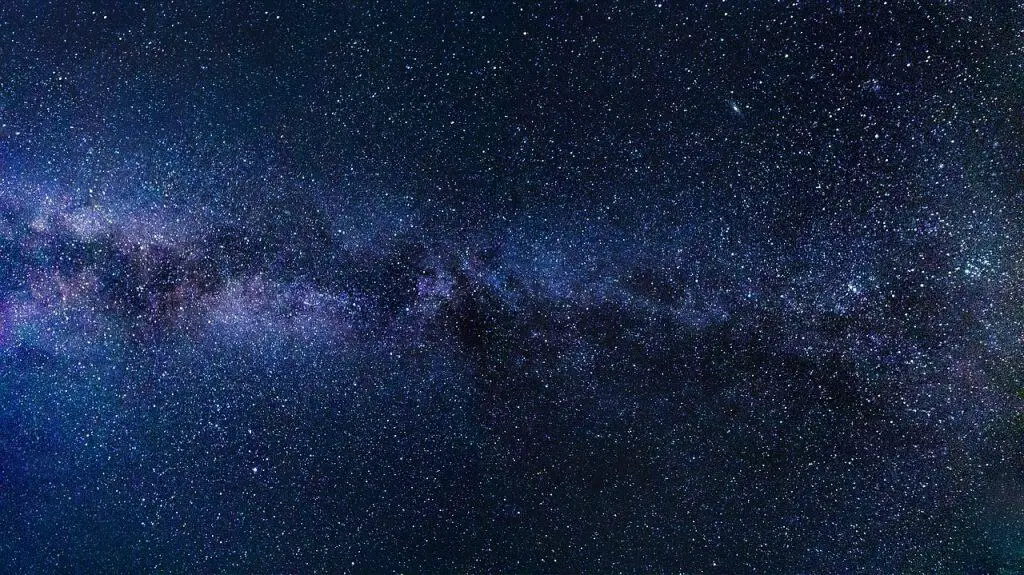
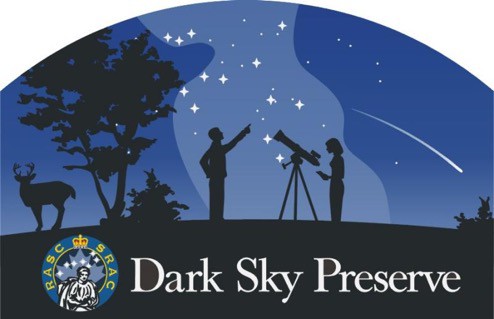


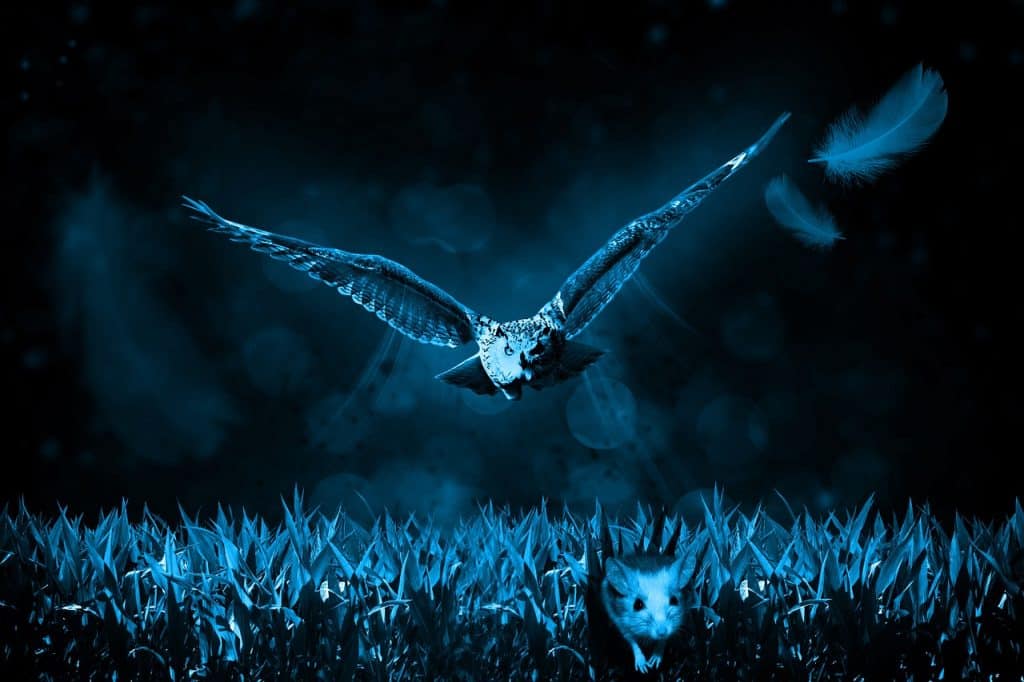
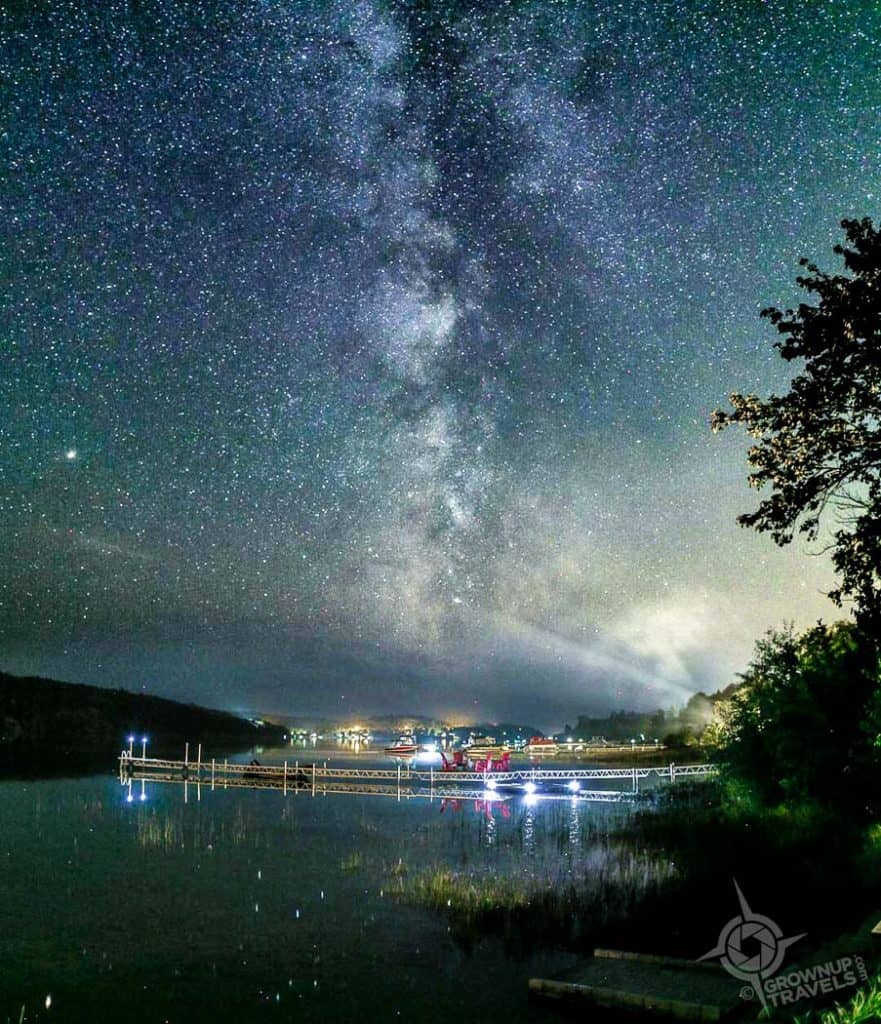
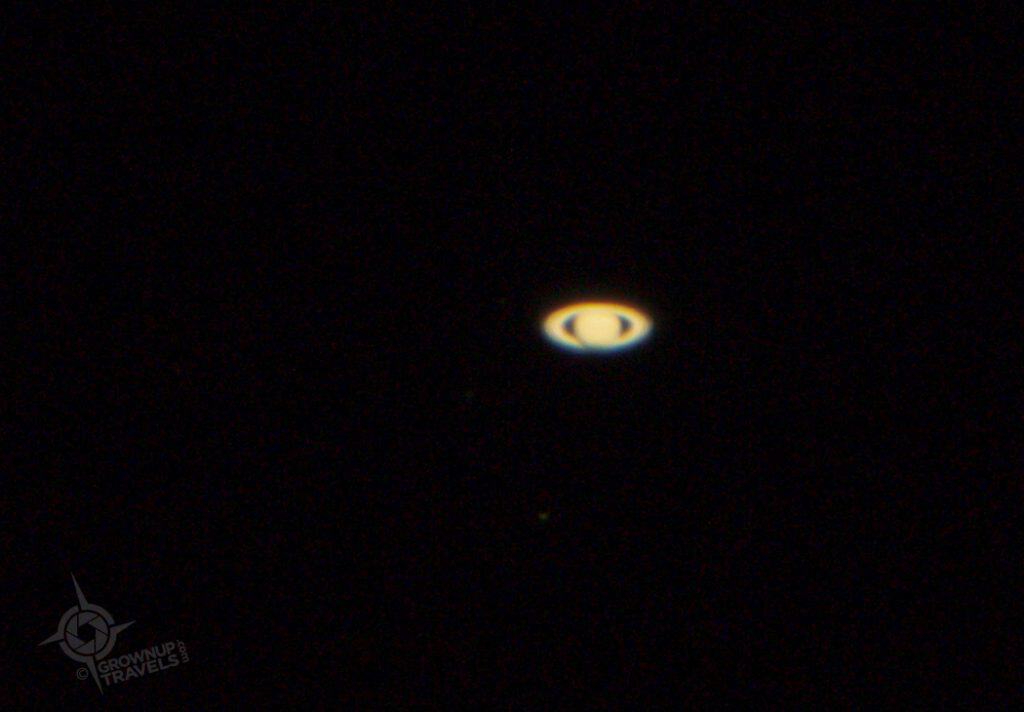
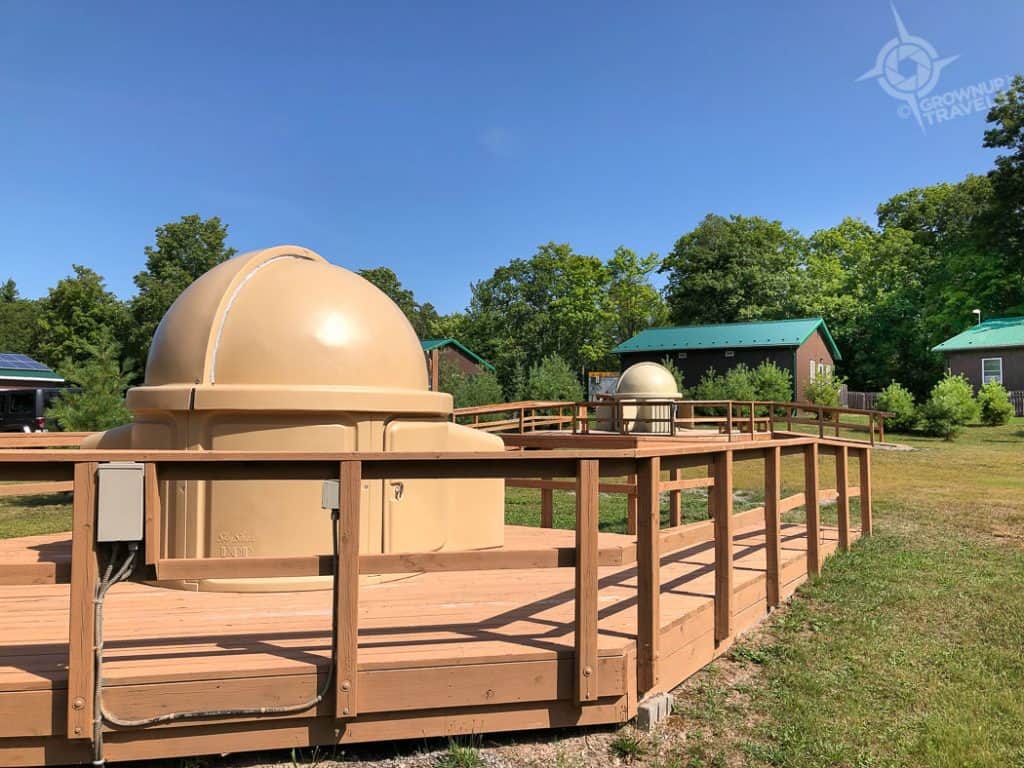
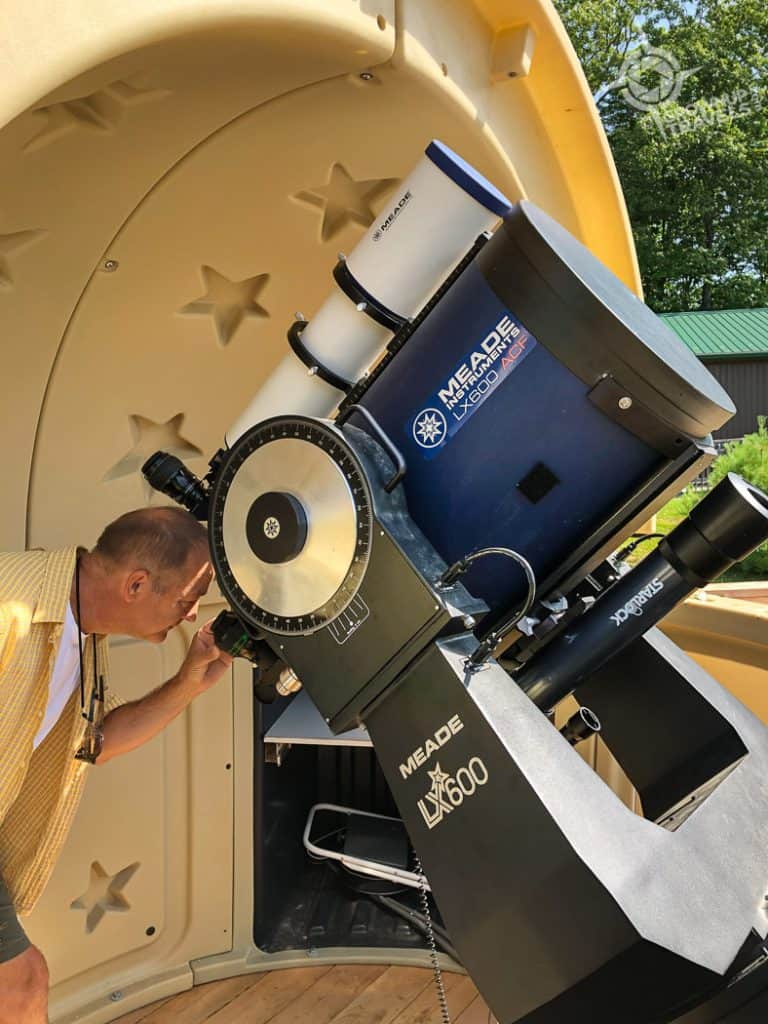
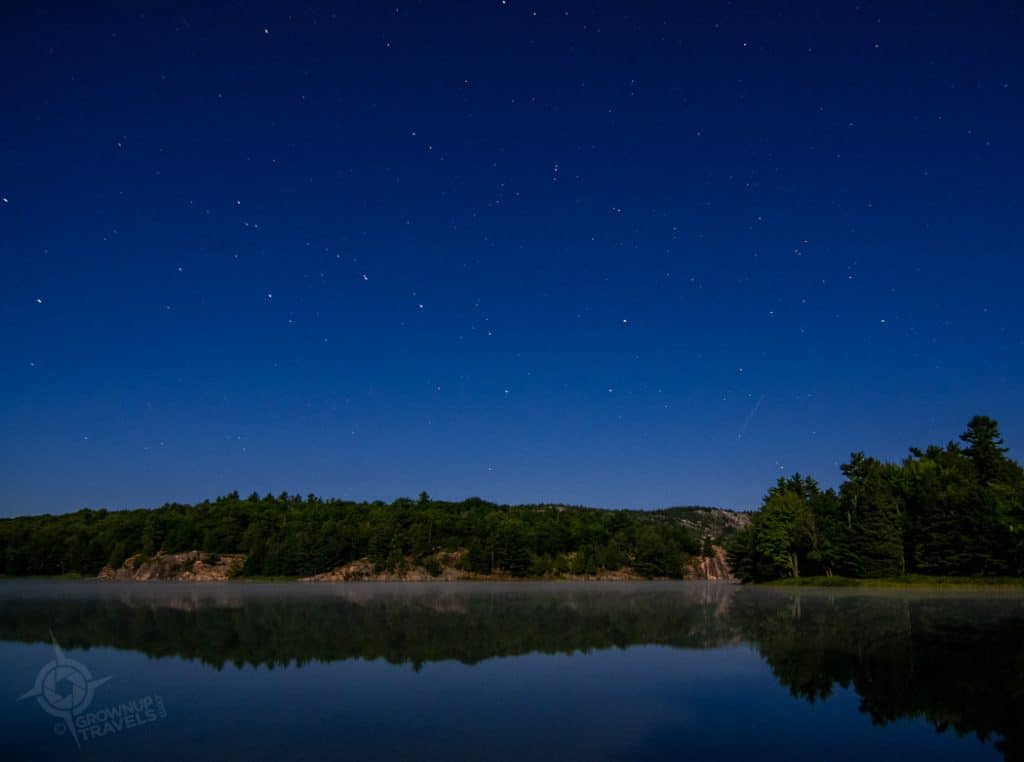
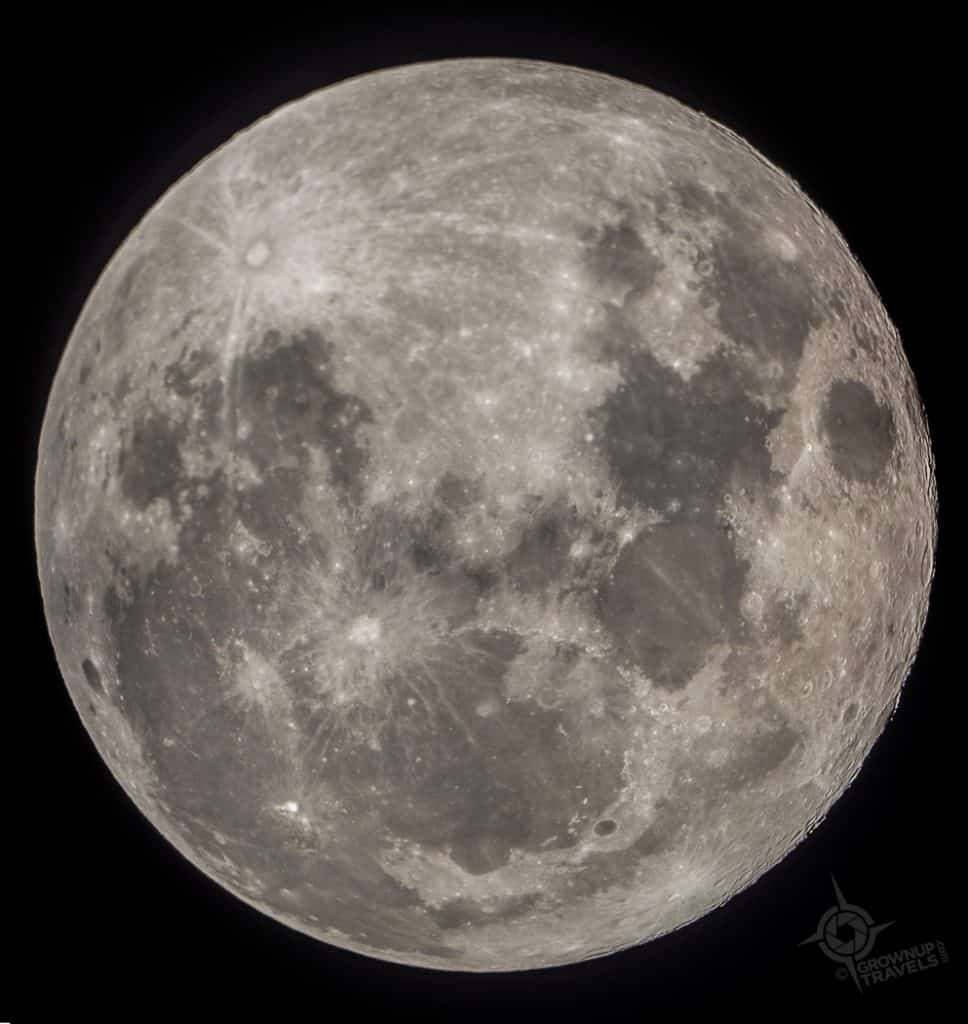
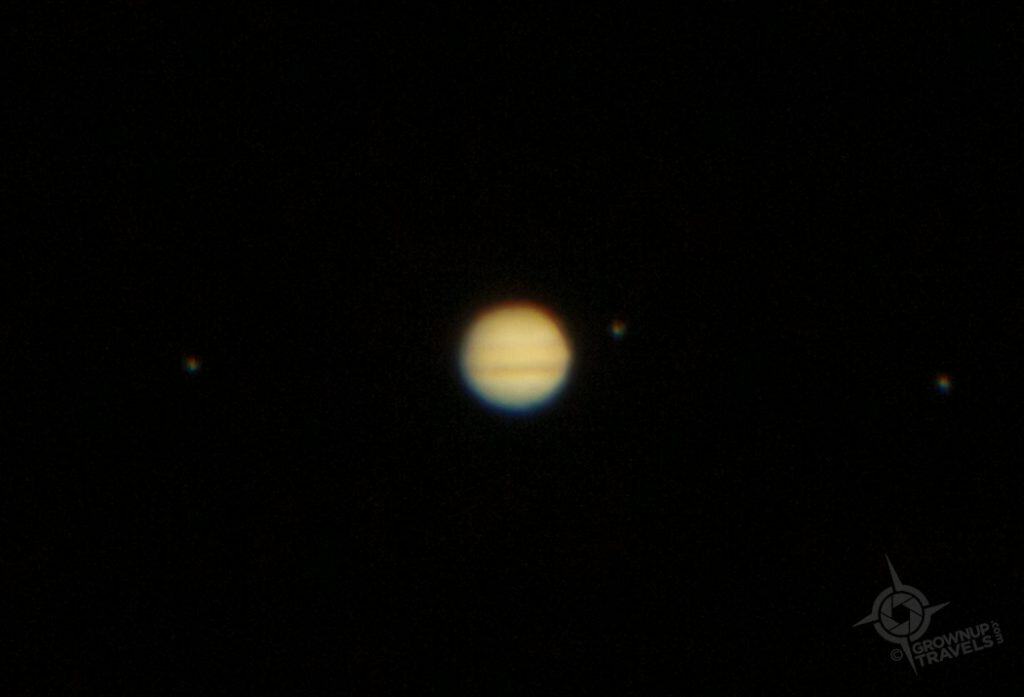
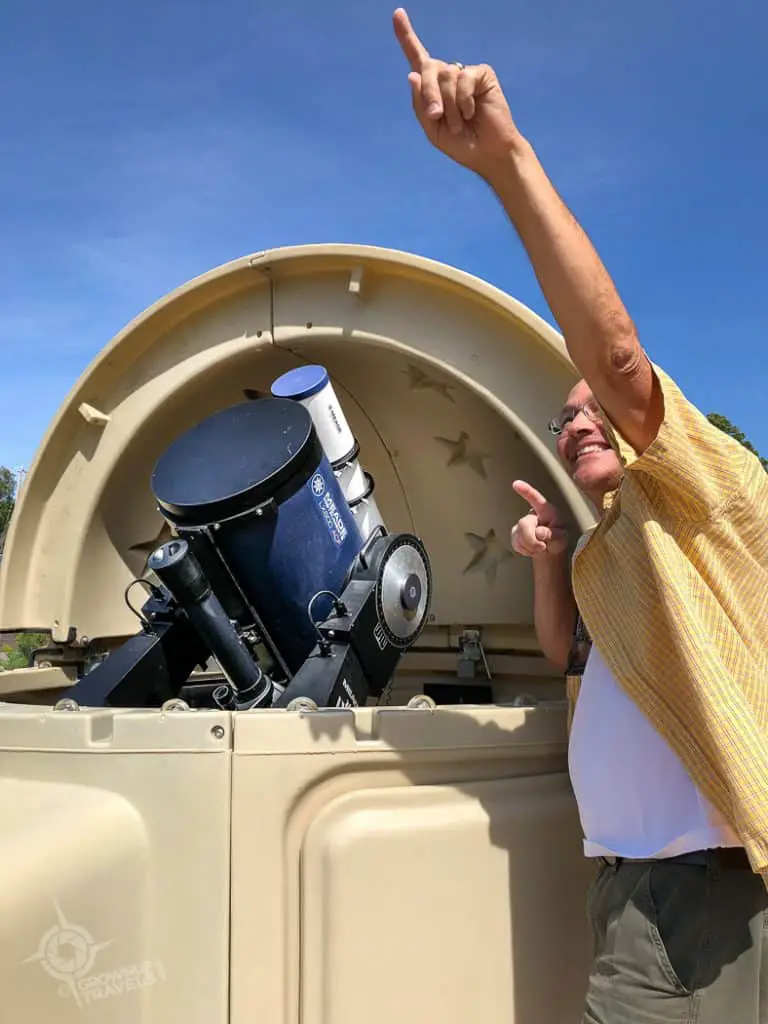
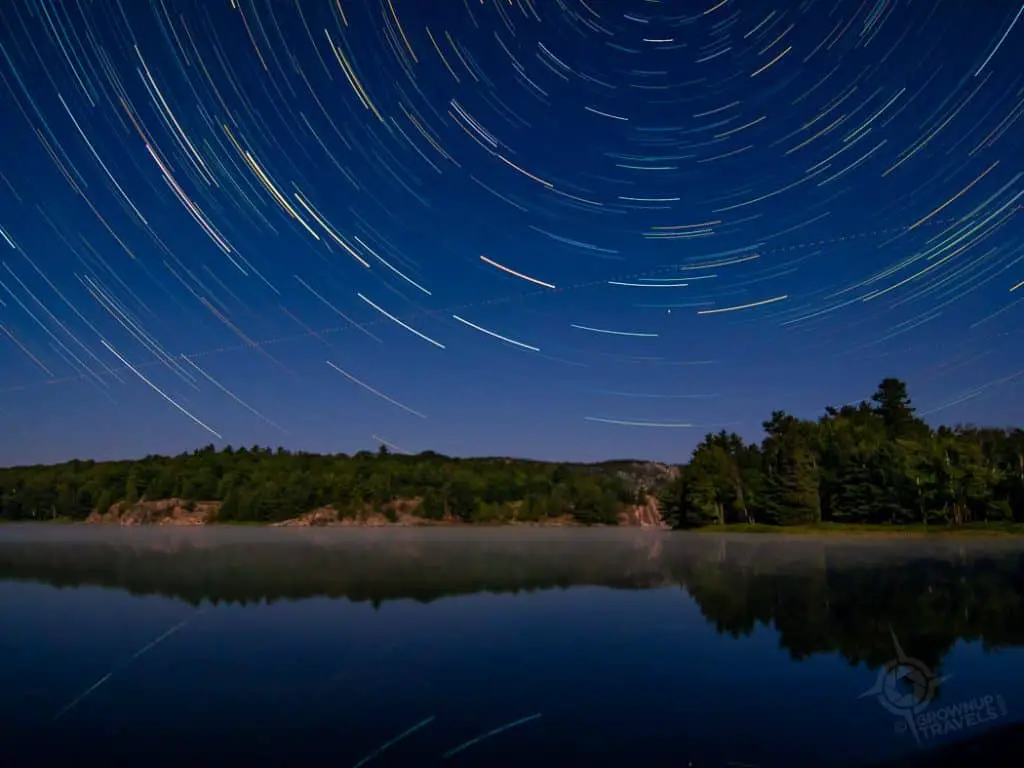
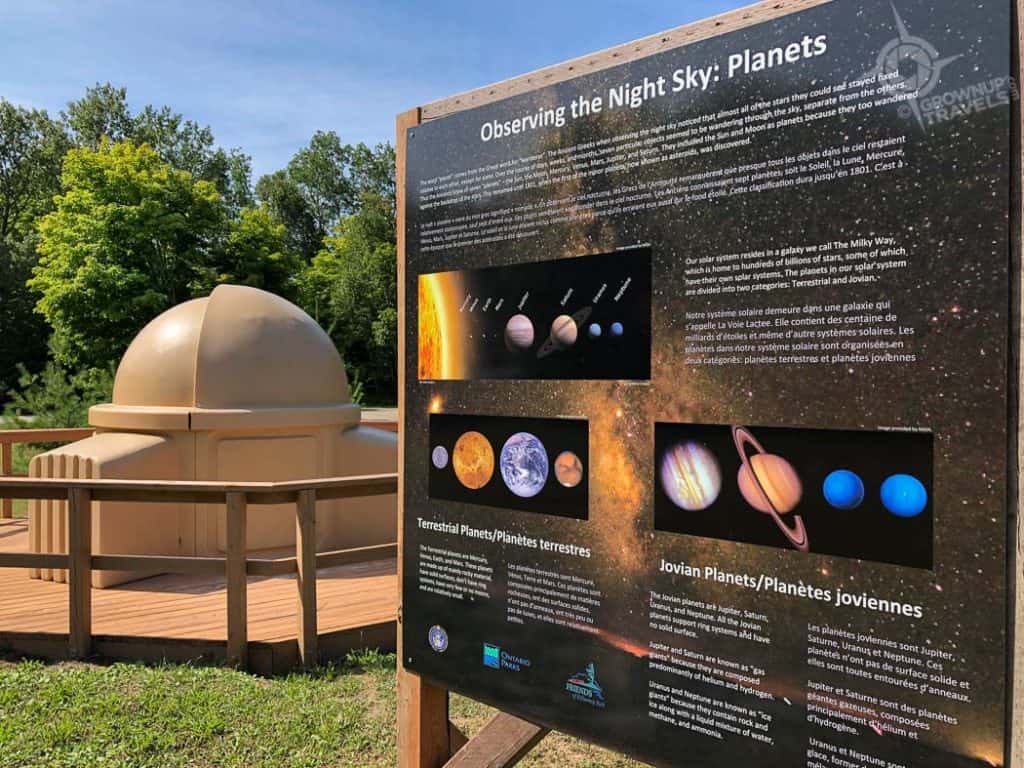
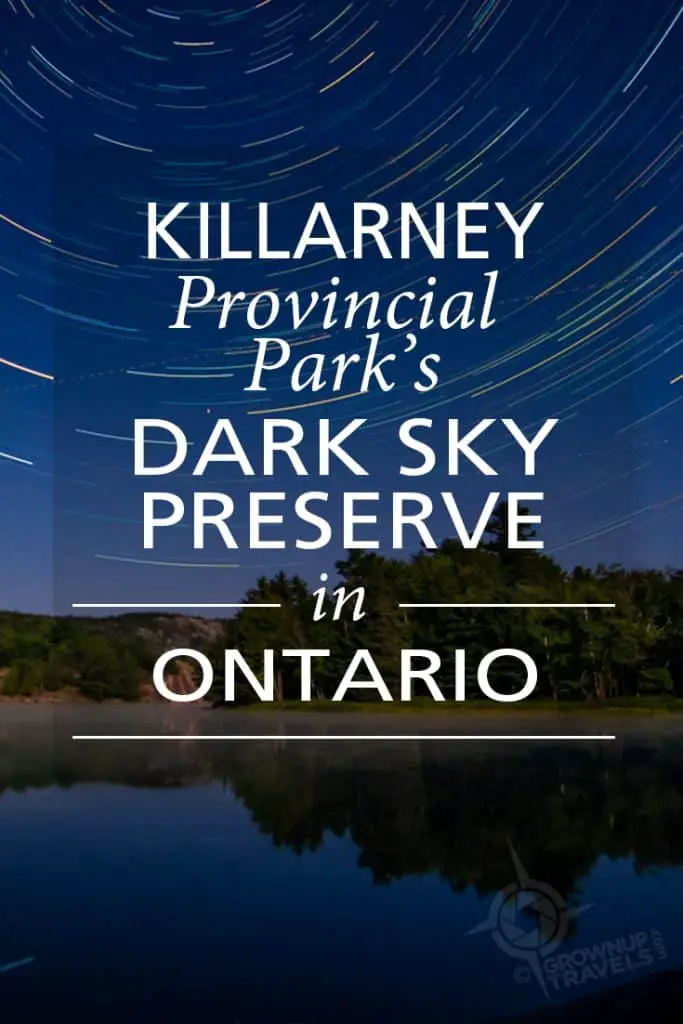


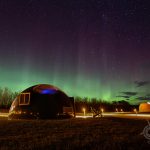
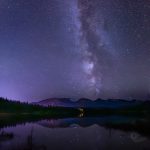
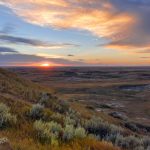






Beautiful article – you captured the spirit and intent of the observatory perfectly – thank you!
Please feel free to reach out to me should you have any additional thoughts / comments / ideas.
Thank you so much, Bruce. And thank YOU for making it all possible with the gift of the telescopes! Now Henk wants to return when there’s no moon to locate the elusive Whirlpool Galaxy, something he’s only ever seen very faintly through his own telescopes.